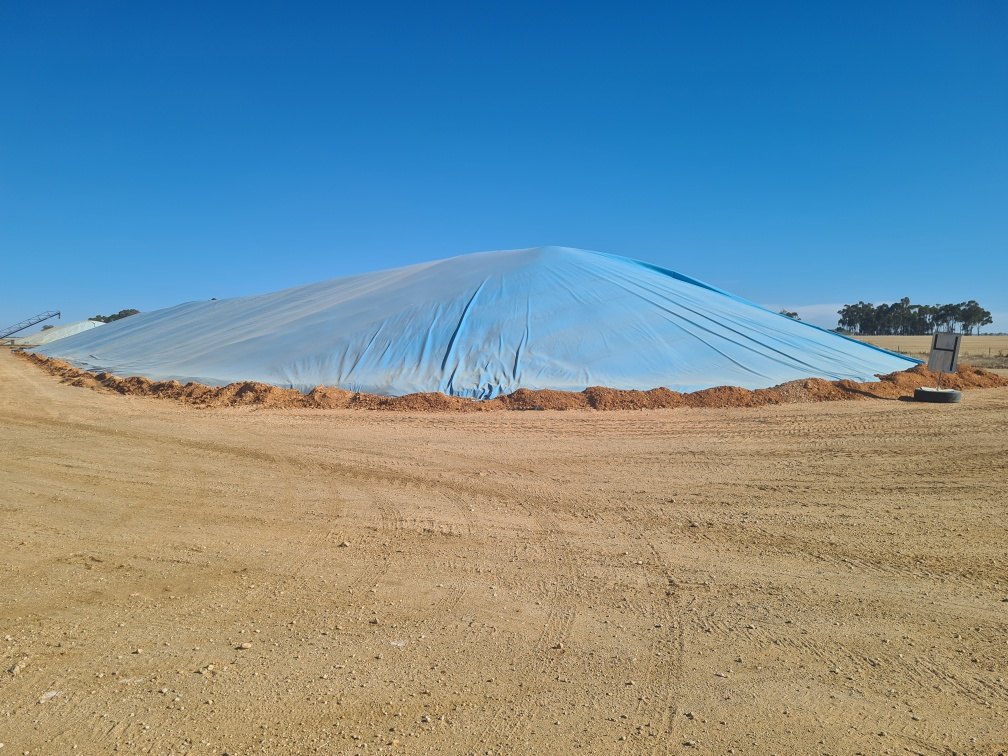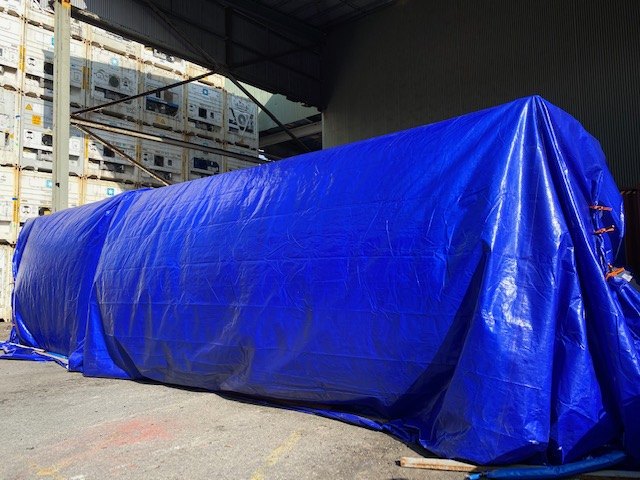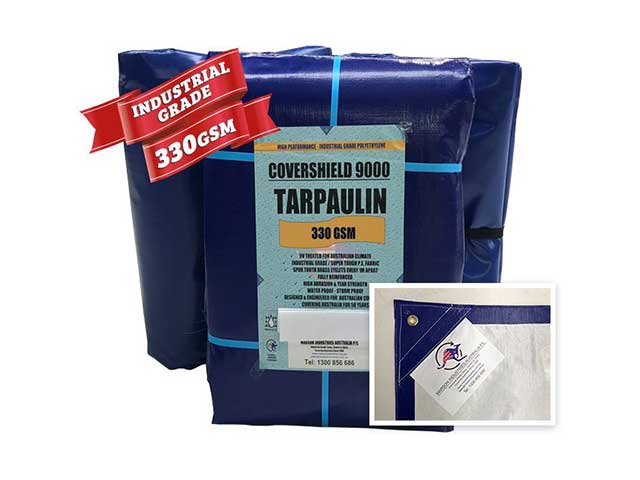Tarps, Covers & Liners. Industrial Textile Fabrication.
Marson Industries Australia Pty Ltd
What Are Chemical Bund Liners

What Are Chemical Bund Liners? They Are Legal Requirements in Storage of Chemicals, Fuels and Oils
Chemicals are used in many industries and manufacturing processes and need to be stored in safe conditions before they are used. Many chemicals can be dangerous if they are released to the environment. They can be corrosive and may induce leaks in the containers where they are stored. Bunded storage helps to contain any damage that may result due to the leaks.
Bunded chemical storage has become imperative to the safe handling of chemicals. This form of storage uses a liner as a reservoir to contain spills of the chemicals. This spillage can result from damage to the container or also from loading and unloading operations. What are chemical bund liners? They are structures or devices that prevent the spilled chemical from having free access to the environment. Many chemicals can also not be allowed to spill onto the ground, as when they leak into surrounding soil, they can contaminate water sources.
These bund liners can also be temporary structures that are erected around any containers or drums being used for storage. They can also be effective in cases where washing operations require the contaminated water to be collected and treated before disposal. Bund liners are often used in operations where chemicals or fuels are being transferred from one container to the other or where fuel transfer vehicles are used.
Bund liners can be of a permanent nature and are extensively used in storage farms where huge tanks contain large stored quantities of liquids. You will find such farms in dock areas and industries that use a lot of chemicals or other dangerous liquids that do need a complete containment system as a matter of safety. These permanent bunds will be made of concrete or steel and the total volume that they enclose must be more than the capacity of the tank that they are protecting.
It ensures that any sudden spillage is prevented from forming waves that over top the bund. Even where such bunds are made up of concrete, it may be necessary to line the bunds with chemicals or paints that protect from deterioration due to the effects of the chemicals. Materials from which the bunds and their liners are constructed must be decided only after knowing their resistance to the chemical being stored.
What are chemical bund liners? Some of them have walls that can be inflated by air. These can be deflated and folded and stowed away before they are needed again. To erect these bund liners, the liners are laid out in the area to be protected and inflated with air compressors. The inflated bund liners then take up the shapes they are designed to be and form temporary barriers around the primary chemical or oil storage. Some bunds have walls or elements that are filled with foam to give them some rigidity.
These liners can stand by themselves and must have the rigidity that will enable then to resist the hydraulic pressure caused by any spill. Many of these liners will have fixed sizes that can be extended to with easy joining systems that still allow the barrier to be leak proof.
Bund liners were earlier bitumen based, as this material was quite cheap and easy to use. They, however, became soft at high temperatures and brittle at lower ones. They also had no resistance to ultraviolet rays from the sun and were vulnerable to hydrocarbons. Other systems were developed that used vinyl ester, polyurethane, epoxy, polyurea and other alternate resins. Most of these systems have an excellent resistance to all forms of alkali and acid, allowing them to be effective liners for storage applications for these products. They also resisted oxidizing agents and solvents made from hydrocarbons. Their fast hardening and curing properties made then cost efficient.
What are chemical bund liners? They are materials that can be used to deal with the common problems that are part of bund storage structures. These structures can have cracked walls or holes, which will lead to the leakage from these bunds. Bunds require drainage facilities to remove rain water and spillage and the joints of these pipes with the bunds are often a source of problems. Bund liners are needed to meet the legal requirements that govern the storage of chemicals, oils, and fuels. They have to be compatible with the material of the bund, whether it be brick, concrete, steel or rubber.
Tank farms can be huge complexes or even be small clusters of tanks used to store the chemicals or oil needed for smaller facilities. They all need to have chemical bund liners that prevent any spillage from being absorbed by the ground on which they spill. It is made possible by having all the area around such storage covered with geomembrane liners that have to be made of a material that can resist the action of the products contained in the storage tanks.
These liners must not only have the capacity to resist the stored chemical but must also be able to weather the elements and sunlight they are always exposed to. They must be impervious to rain water so that any rain that falls is led to properly designed outlets. Geomembrane liners are available in fixed widths and come in rolls that allow the liner to be laid out on the substrate around the tanks that need protection. They can be then joined to form the large containment bunds that are required.
Share this post



